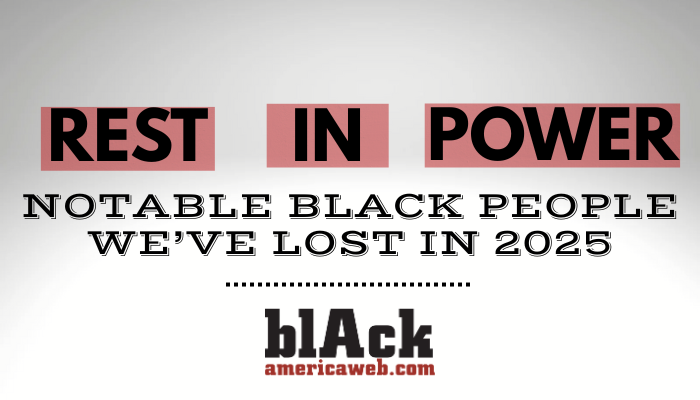On her fourth studio album, Alicia Keys makes her intentions clear from the words on the cover. Though the New York City-born singer, songwriter, and producer is one of music’s biggest stars—with sales of over 30 million albums worldwide and a dozen Grammy Awards on herself—for this project, she sought a new approach.
“I’ve always enjoyed the recording process,” says Keys, “but in the past, I almost felt a little bit
jailed by it. Everything was always about how fast I could squeeze out every drop. But I’ve realized there’s an art to balancing things, so for this album, I let myself have time with my family, travel, and then come back and write from those experiences. The freedom that I felt was part of the reason for the album title. “
The results of this liberation, the thirteen songs that make up The Element of Freedom, reveal
both a range of sounds and a unity in mood. It’s a powerful collection of diverse influences, built
around the themes of love, loss, and perseverance. “I love when an album feels like a moment
in time,” says Keys. “When it’s all connected, but you can hear all the different feelings and
inspirations.”
When she began work on her follow-up to 2007’s multi-platinum As I Am, Keys soon found
things developing in unexpected ways. “I didn’t have any preconceived notions,” she says. “I
actually thought it was going to be a more broken-down, acoustic sound—which is so far from
where it ended up. But from the beginning, it really established its own tone.
“Before I officially started recording,” she continues, “I just sat with a bunch of keyboards that I
wanted to experiment with. I read the manuals and turned the knobs and really familiarized
myself with them, and it opened up a whole new realm of sounds and ideas. It was almost like I
went back to school, and I had definitely never made a point to experiment with new sounds
before I actually started recording.”
From the soaring choral arrangement on “How It Feels to Fly” to the sonic sweep of “Wait Til
You See My Smile” (“some people say it sounds like Journey or Coldplay,” says Keys, “but it’s
just me at that moment”) to the reggae pulse and frayed vocals of “Love is My Disease,” The
Element of Freedom captures the expansion and evolution of the woman who was introduced to
the world in 2001 with the modern classic Songs in A Minor. The opening “Love is Blind”
establishes the album’s tone with an airy, Indian-influenced arrangement that heightens the
song’s tension; on the single “Try Sleeping With a Broken Heart,” the dramatic synthesizer
swells that underpin the lyric’s heartbreak give way to a classically-influenced piano coda.
“Put It In a Love Song” adds another element to The Element of Freedom, bringing Keys
together with old friend and fellow superstar Beyonce. The spare, rhythm-driven track is a long
way from the usual, overblown diva duet. “When we started that record, it was already an ill
mixture of two worlds, with hard beats and my strong piano chords,” Keys says. “When the idea
of bringing in Beyonce came up, she heard the track over the phone and she said, ‘Oh, that
feels so good!'”
The two singers cut the vocals the old-fashioned way, together in the studio, playing off of each
other’s vibe. “Trying to really plan something like that would just be so contrived, just wack,”
says Keys. “That session had such energy to it—it was like a big party, we had so much fun,
dancing and laughing. It was all so pure, and that doesn’t happen much any more.”
Keys acknowledges that her artistic growth has also been accelerated by the numerous side
projects she has taken on over the last few years, including her acclaimed performances in such
films as Smokin’ Aces, The Nanny Diaries and The Secret Life of Bees and her collaborations
with musical icons like Whitney Houston, Jack White, and Jay-Z.
“I don’t do well placed in any kind of box,” she says. “I always need to break out and try new
things. With Jack White, I never felt out of my element—I was as comfortable with him as I was
doing ‘Empire State of Mind’ with Jay. It just gives me different perspectives, takes me out of my
world and stretches me into some others. It’s a little work-out—it’s like creative yoga!”
In fact, Freedom’s ballad “That’s How Strong My Love Is” came directly out of a conversation
Keys had with one of the musical giants she joined in the studio. “When I was working with
Whitney, she played me all these gospel records and things her mother did,” Keys recalls. “That
concept of how strong love can be—I just couldn’t get enough of that idea. I would sit every day
playing this music I came up with, but no lyrics would come. A song will follow me and follow
me, and then when it’s ready, it comes out.”
Turning to the next generation, Keys had rising star Drake add background vocals to the
intense, thumping “Un-thinkable (I’m Ready),” which he also co-wrote. “You never know how it’s
going to come out when you collaborate with a new person,” says Keys, “but that worked like
we had written together for 20 years. It was so fluid. That song almost puts you in a fog, it’s so
sensual.”
The Element of Freedom concludes with something of a surprise—Keys’ own take on “Empire
State of Mind,” Jay-Z’s inescapable tribute to their mutual hometown. But where the original (to
which she contributed the unforgettable vocal refrain) is swaggering and anthemic, “Empire
State of Mind (Part II) Broken Down” is quieter and more introspective—the sound of the city
streets at dawn, the feeling of solitude in a crowd.
“The song was started by two writers who wrote the hook (Jane’t ‘Jnay’ Sewell-Ulepic and
Angela Hunte), and it was so strong and had such an authentic New York feeling,” says Keys.
“Jay brought me in and we collaborated until it was really a beautiful mesh of people coming
together.
“I was so moved by it, I wanted to do my own version—to strip it back and break it down. The
verses are about New York as I see it, what it means to me. It’s so fly that the original is so
boom-bap and my version is the broken-down, piano style.”
The boom-bap meets the broken-down. Sounds old and new, familiar and unexpected. Rules
broken and challenges surpassed. That is The Element of Freedom that Alicia Keys went
looking for.
“On this album,” she says, “I gave myself the space to hear and to think. Every single song has
that sense of freedom somewhere—in the way the background vocals soar, or the way a beat is
really raw. I feel like each song was free to be itself.”















